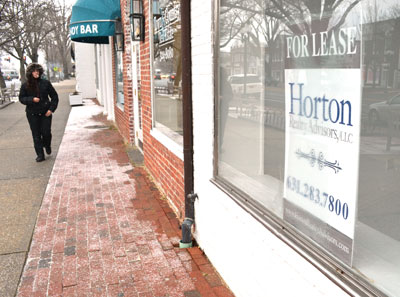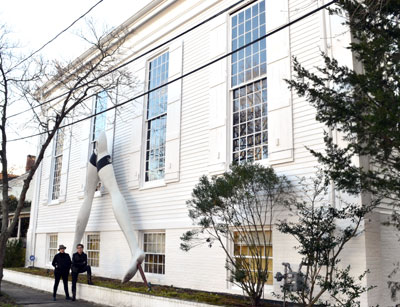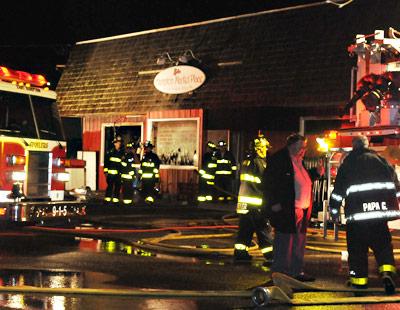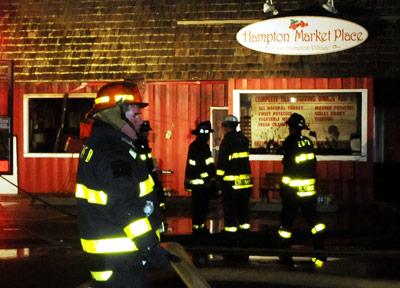Village Likely to Shrink Real Estate Signs
Village Likely to Shrink Real Estate Signs

In East Hampton Village, where wretched excess and gaudy glitz can seem like the norm, sometimes less is more. So says Mayor Paul F. Rickenbach Jr., who has proposed a local law that will limit real estate signs to a modest one and a half square feet as opposed to the seven square feet now allowed. The board will hold a public hearing tomorrow at the Emergency Services Building at 11 a.m. to discuss the new limit, which provides enough room for a name, phone number, and a notification of whether the property is for sale or lease. “We’re not trying to affect sales,” the mayor said, when he brought up the subject initially back in November. “It’s about the quality of life and the persona of the village.” Several other resort areas — including Shelter Island, New Canaan, Conn., and Palm Beach, Fla. — have already instituted laws requiring smaller signs. The larger signs, which not only hang in front of houses but are liberally pasted in commercial property windows throughout the village, send the wrong message, the mayor said at the time. “It gives the impression that East Hampton is for sale,” he said. “It isn’t.” At the meeting in November, there had been talk by the board about limiting the size of contractors’ signs, but those have been left off the local law for now. Similar local laws in other municipalities, like that of Willingboro, N.J., in the mid-1970s, have met with legal resistance on the grounds of violation of constitutional rights, in this case free speech, but the law has favored the towns over the plaintiffs. On Martha’s Vineyard, for example, all real estate signs are forbidden. Brad Roaman of B.S.R. Construction Services has already blazed a trail for smaller signs. He has offered three of his village properties as exclusives to whichever real estate agent was willing to put up only a 4-by-10-inch sign on the lawn. Ed Petrie and Kelly Nelson from Sotheby’s Realty responded in the affirmative, and the house on Maidstone Avenue currently sports the smaller sign. Mayor Rickenbach also lives on Maidstone Avenue. Another property of Mr. Roaman’s on Buell Lane, which has boasted the more diminutive marker for two months, is already in contract. “I think it’s ridiculous that the entire community has to look at these giant signs all year long because of the egos of a couple of brokers,” Mr. Roaman said yesterday. “You think they don’t sell any houses on Martha’s Vineyard? It’s totally out of control here. Someone needs to reel in the real estate signs.” Mr. Roaman also said that he has spoken to many in the real estate business in the Hamptons. “Ninety percent of the brokers will say under their breath that they agree, they hate the signs, but no one wants to be the first to go to their managers. It has to come from the government,” he said. In the current day of Internet searches, he added, there is little need for signs anymore. Buyers and renters look at properties online more than on the fly. “You might drive around and look,” he said. “But when you get serious, you’re going to call a broker anyway.” Randall Parsons, a former land planner who was once an East Hampton Town councilman, also favors the new law, and has written a letter to the village board supporting it. “Various real estate companies are getting so involved in competing with each other that they become focused on the competition rather than the property,” he said yesterday. “We’ve become spectators of the war by the side of the road.”





